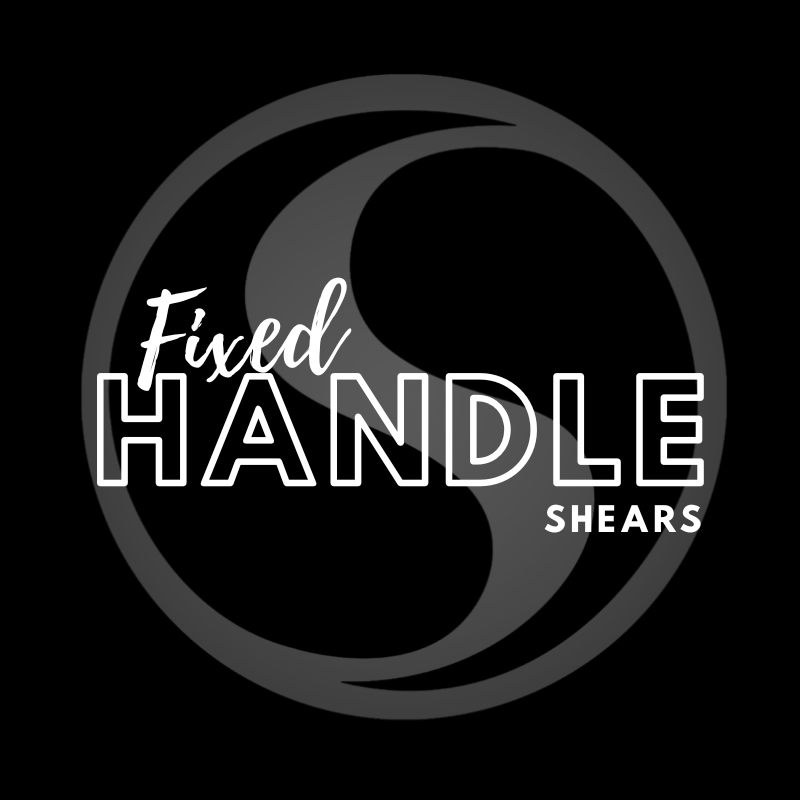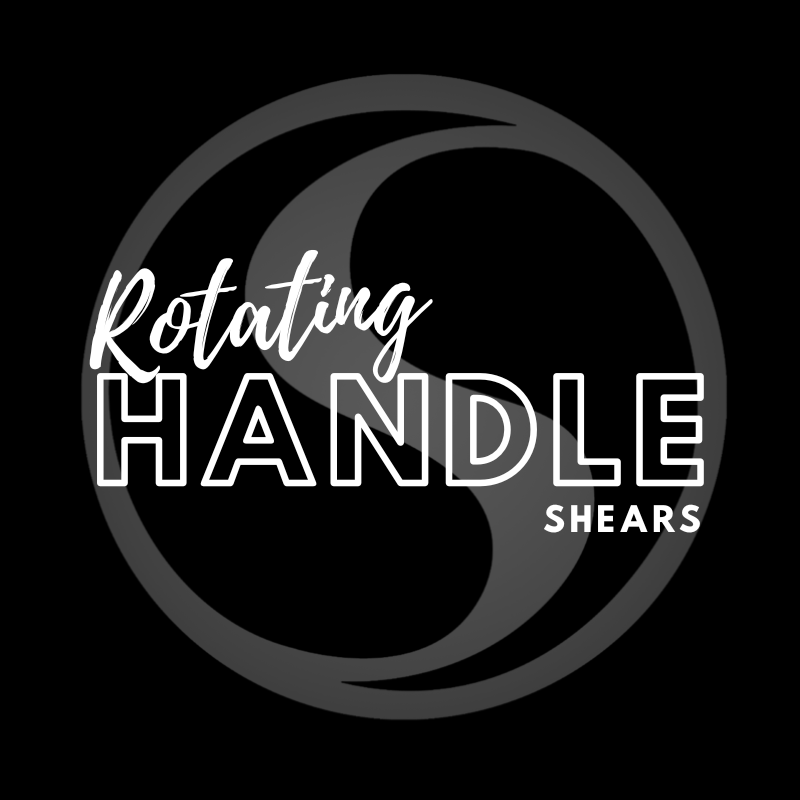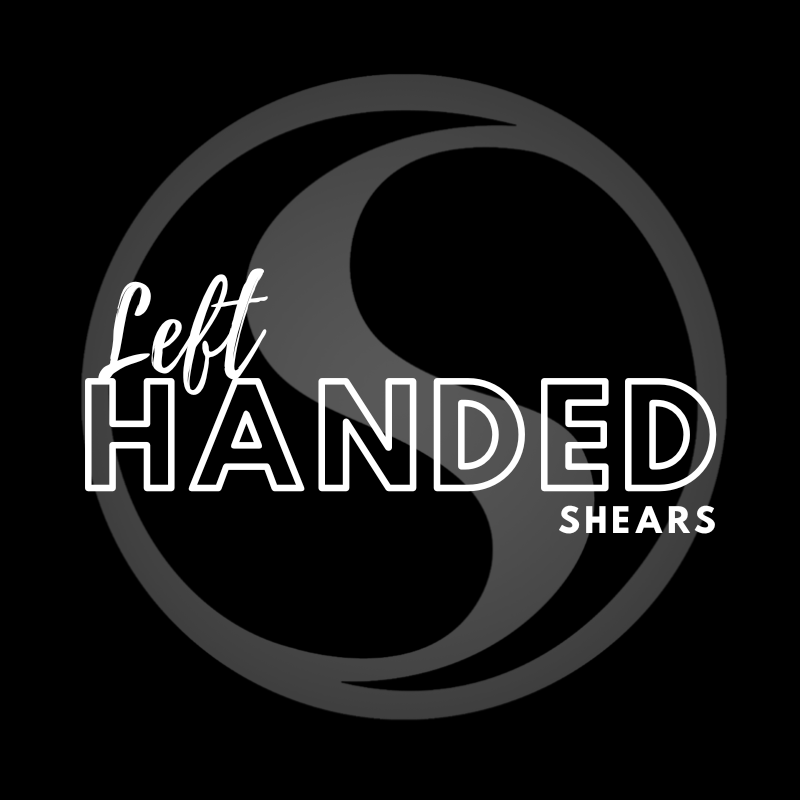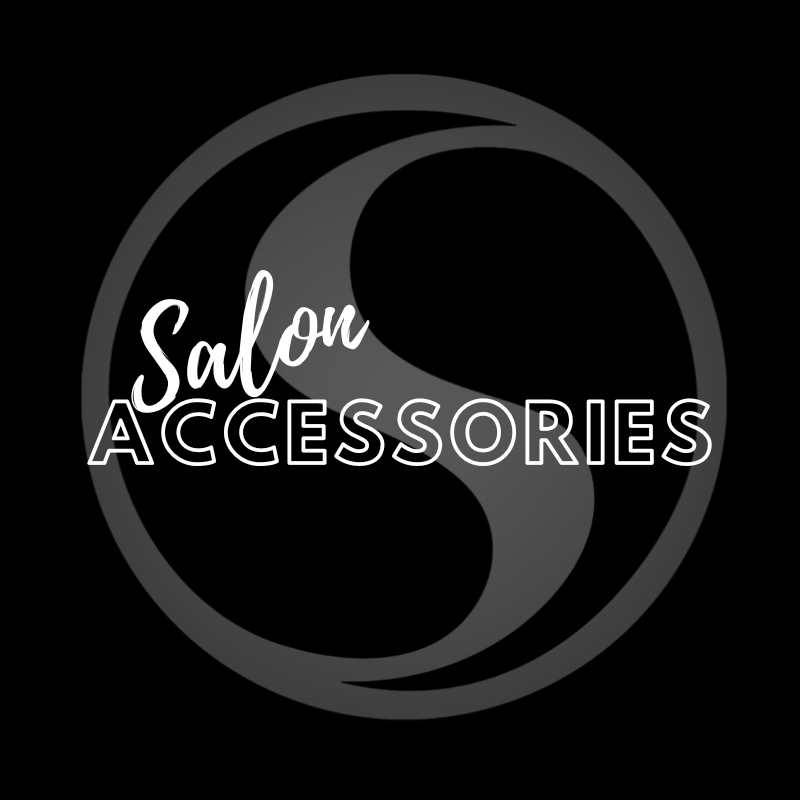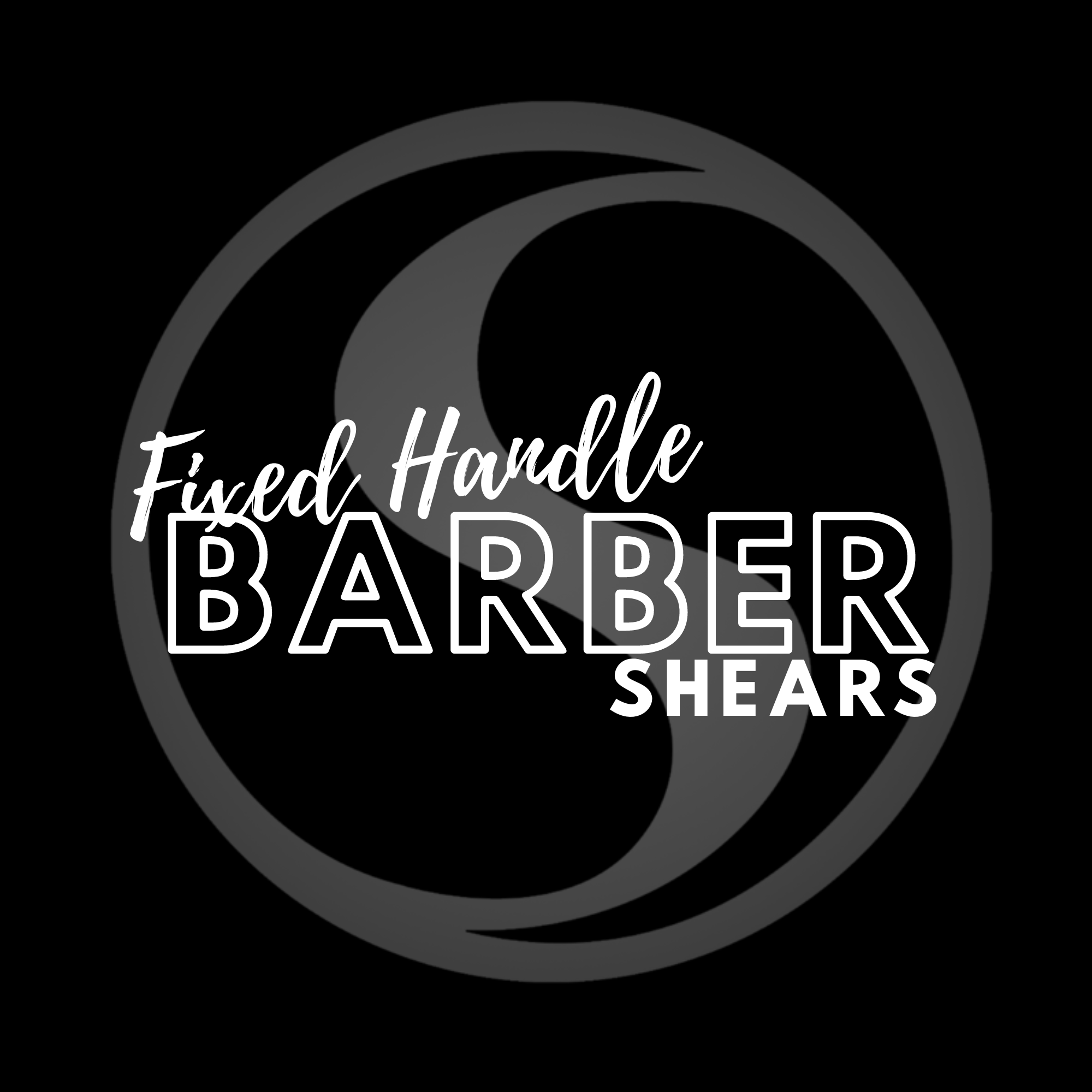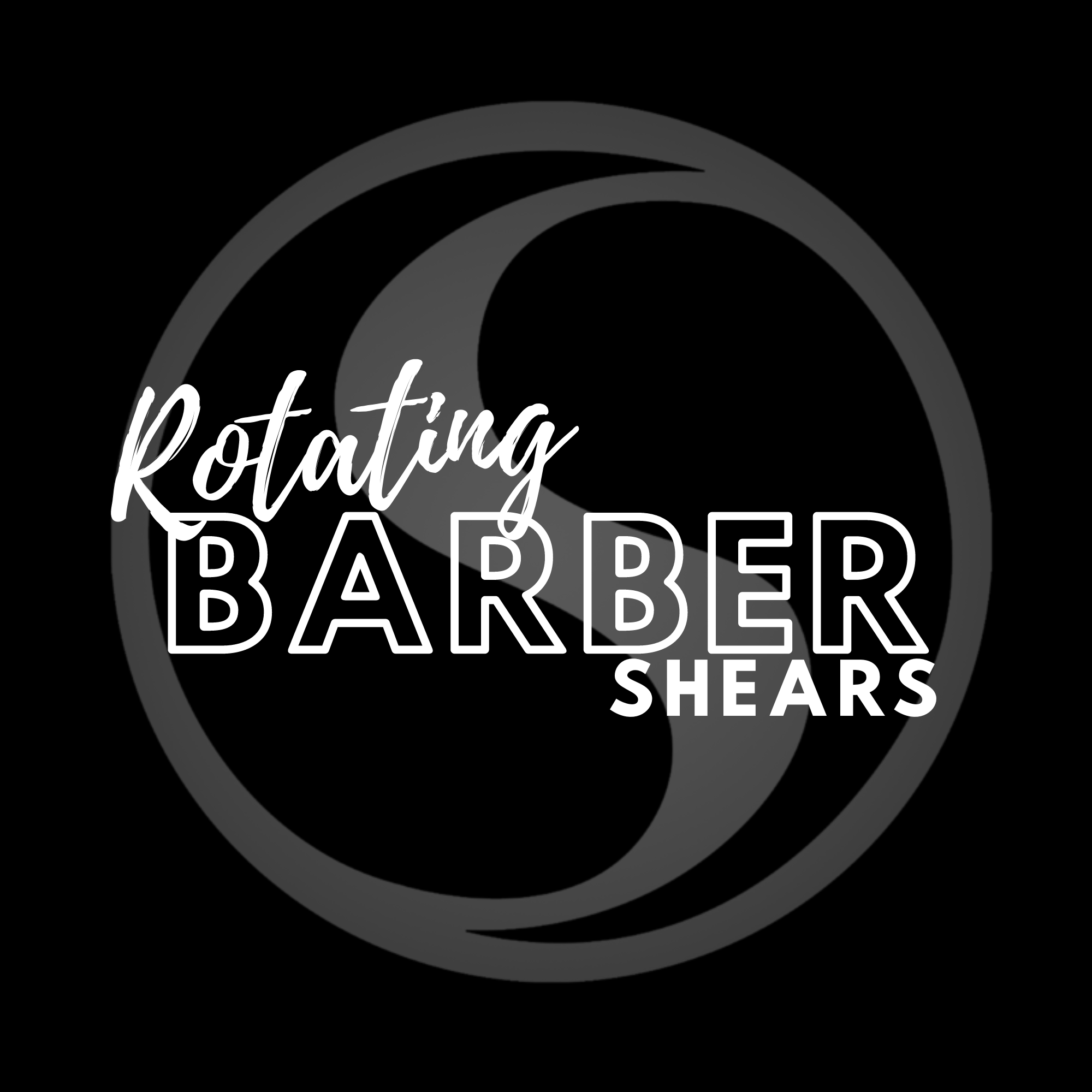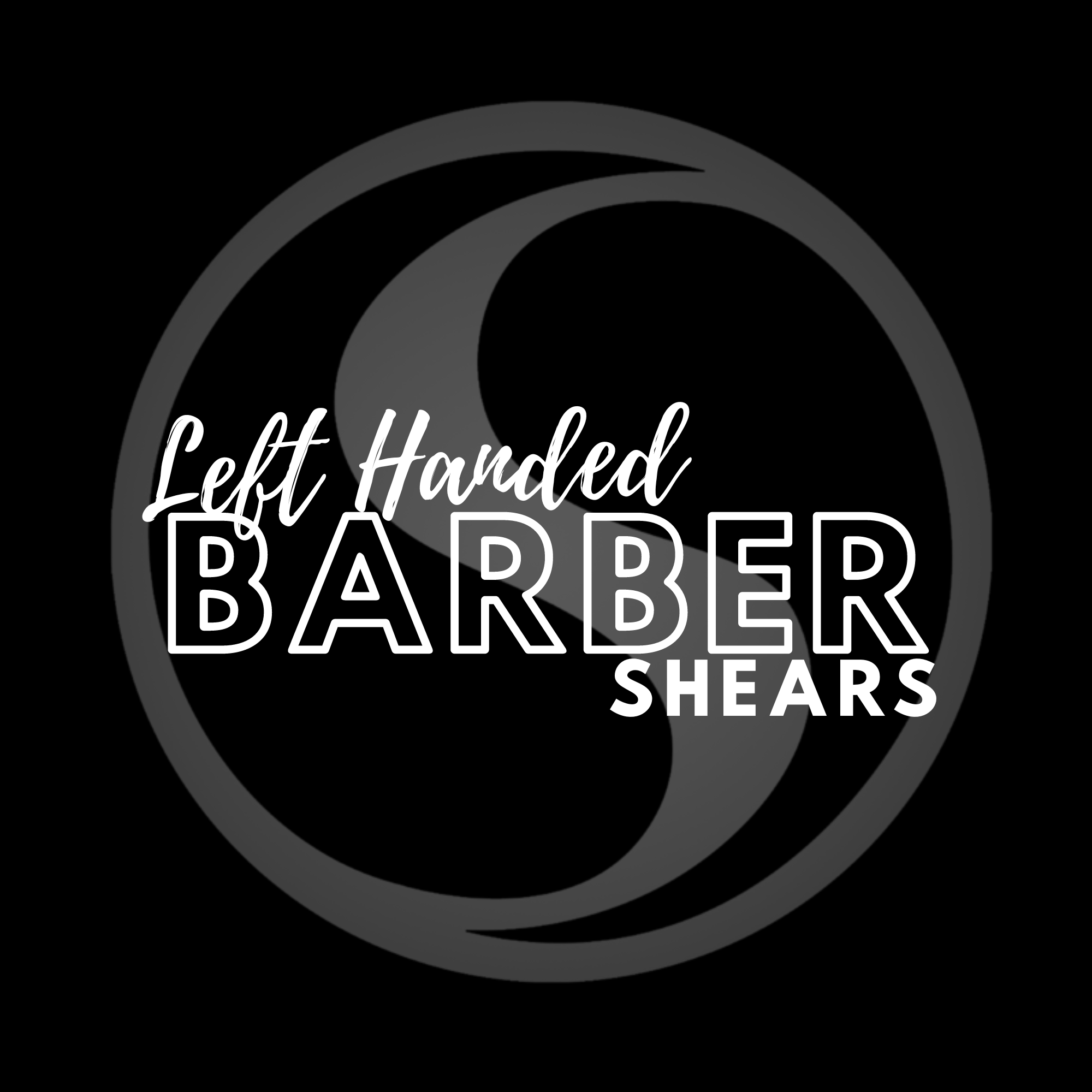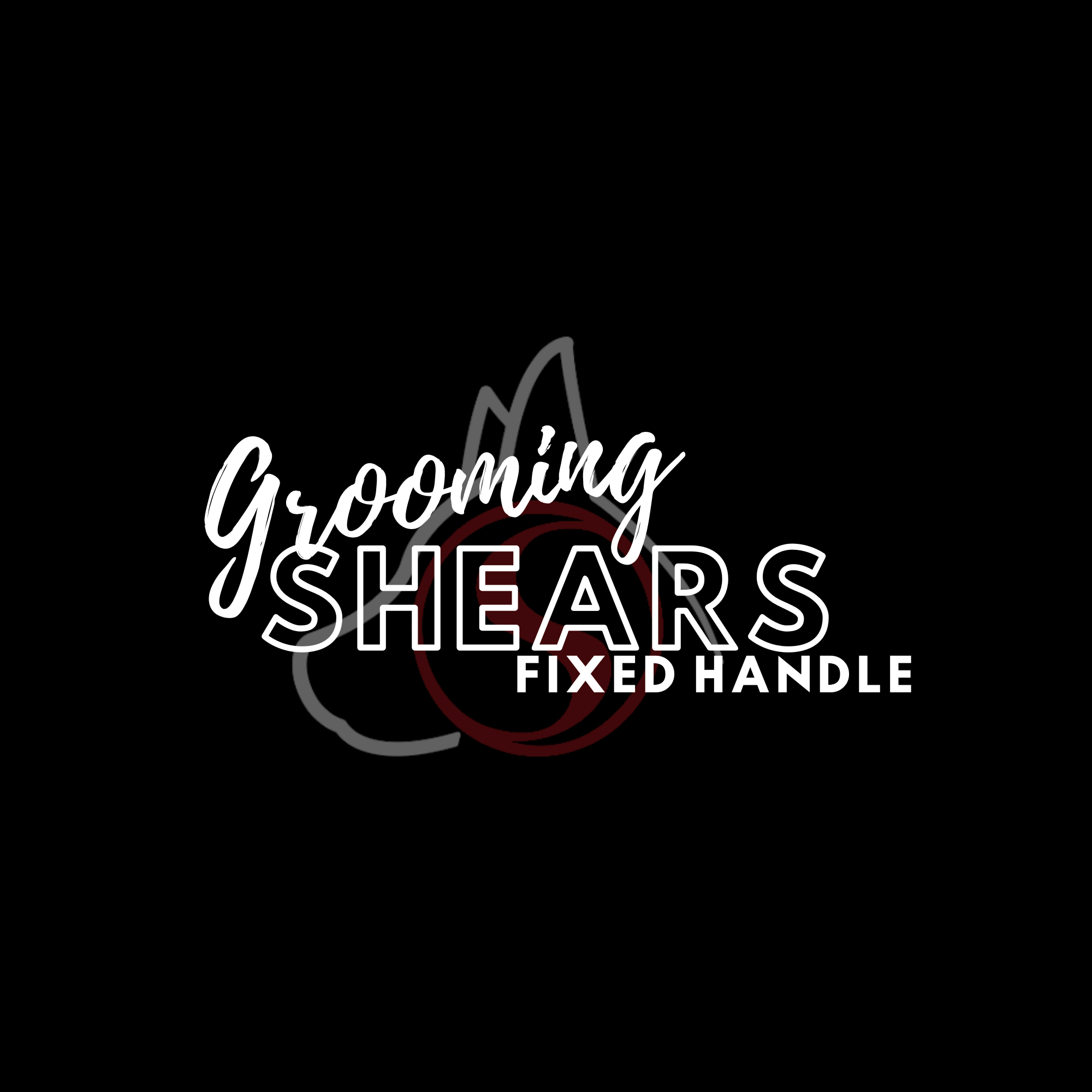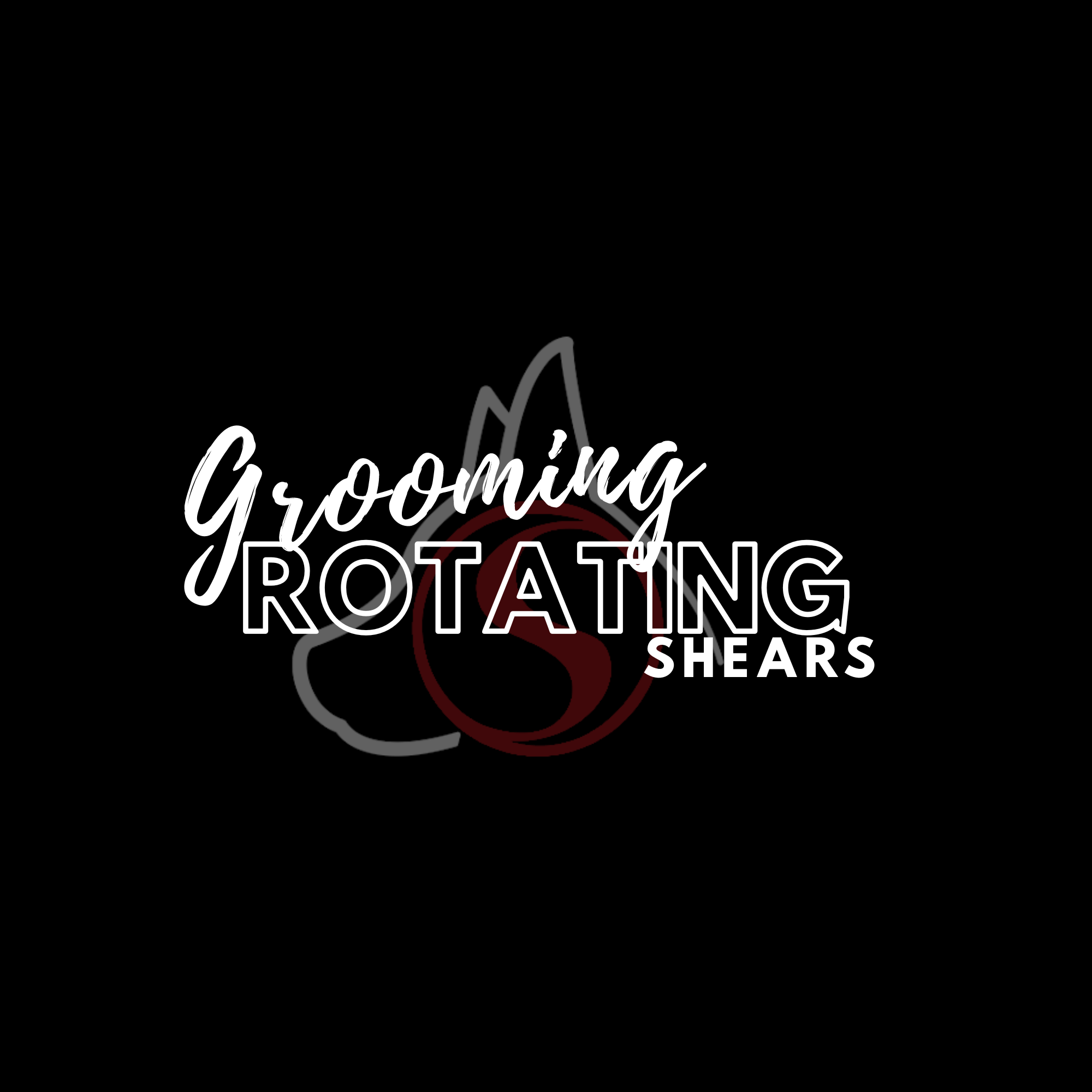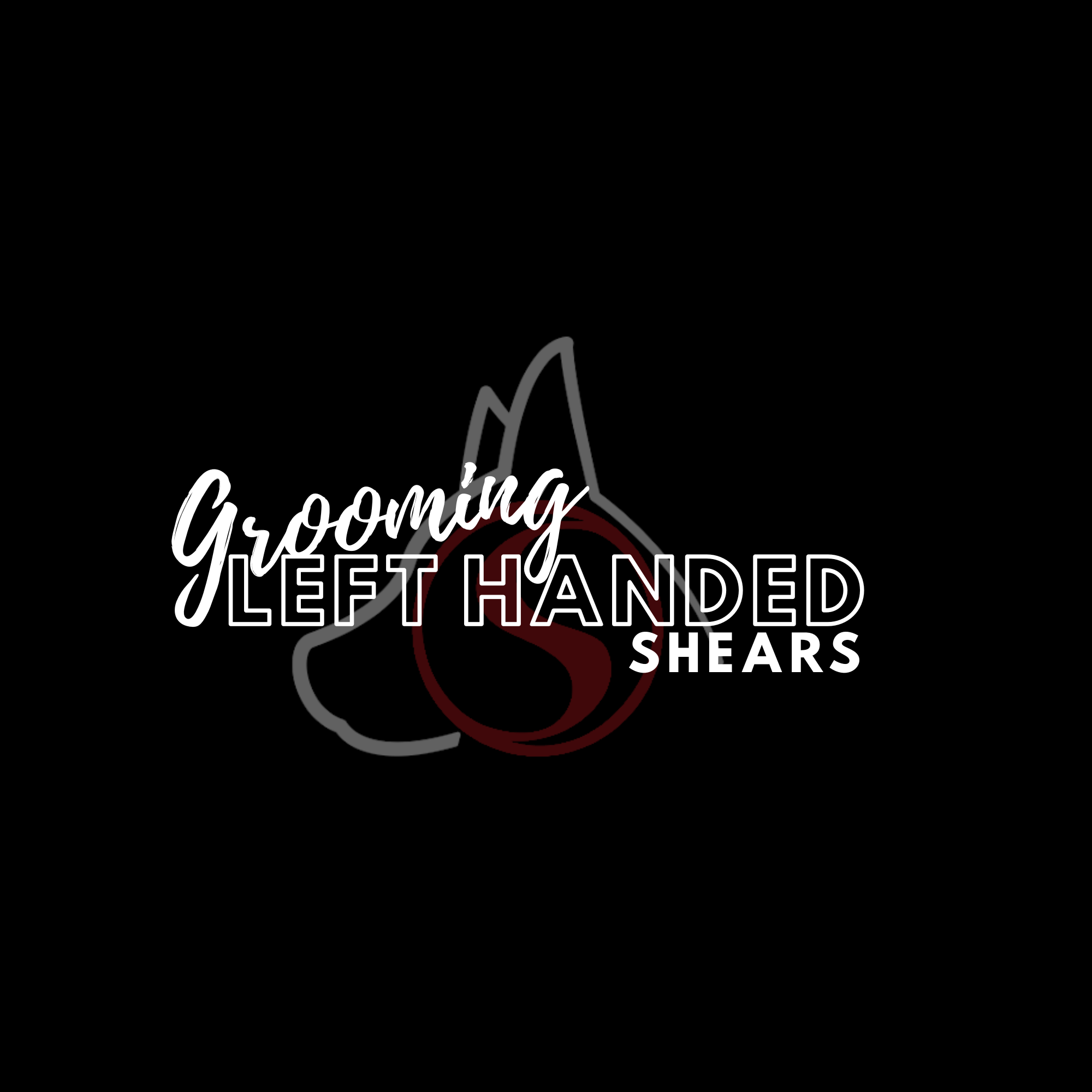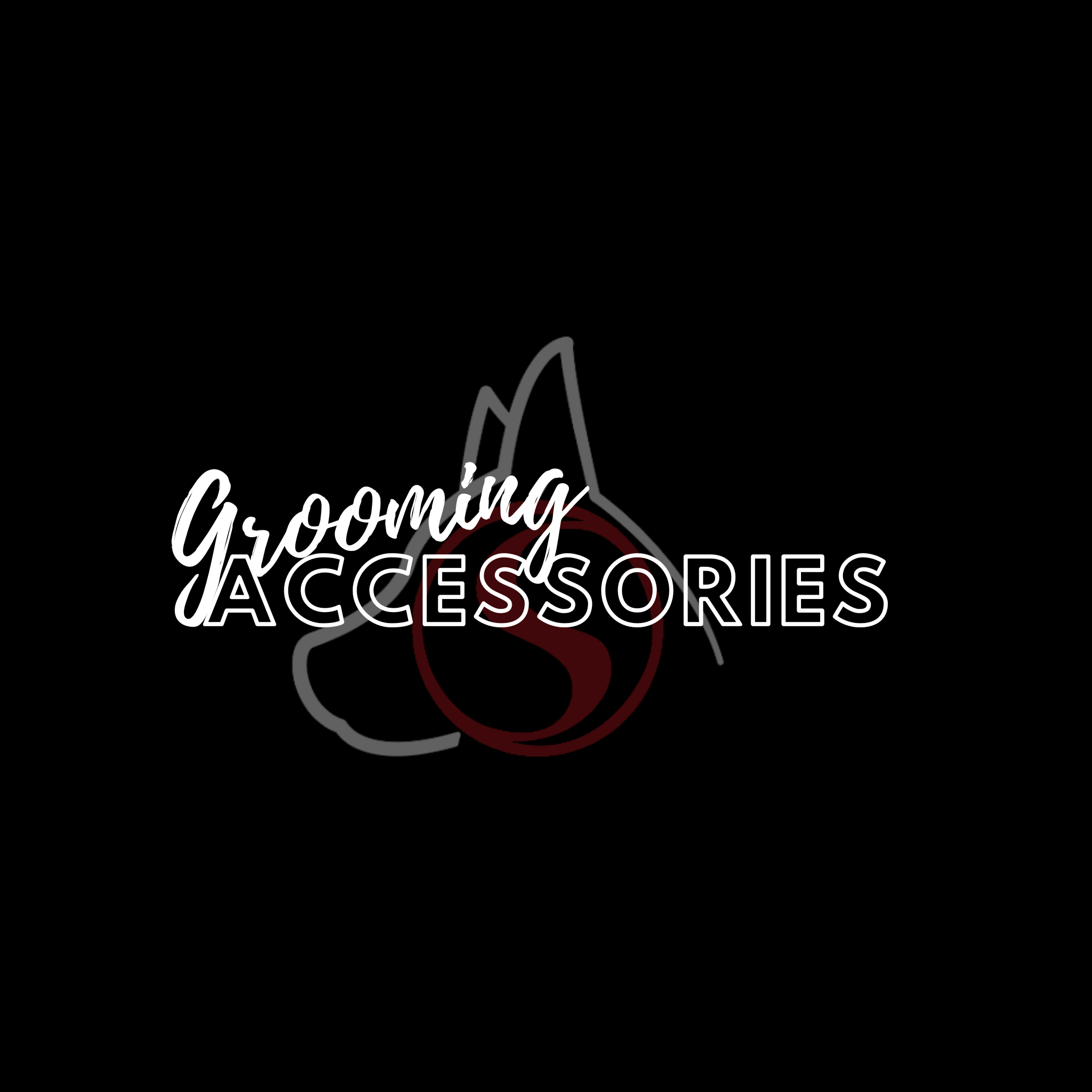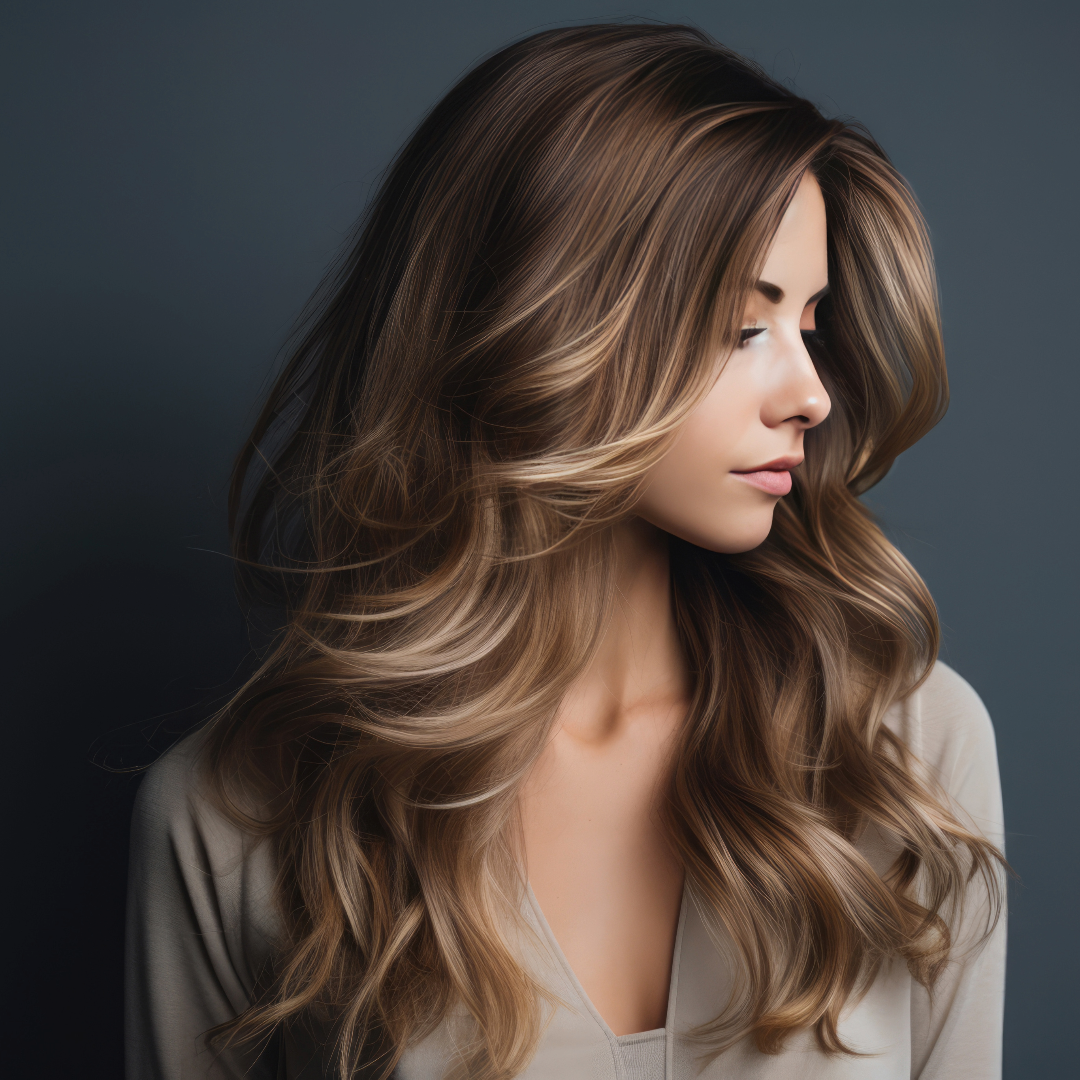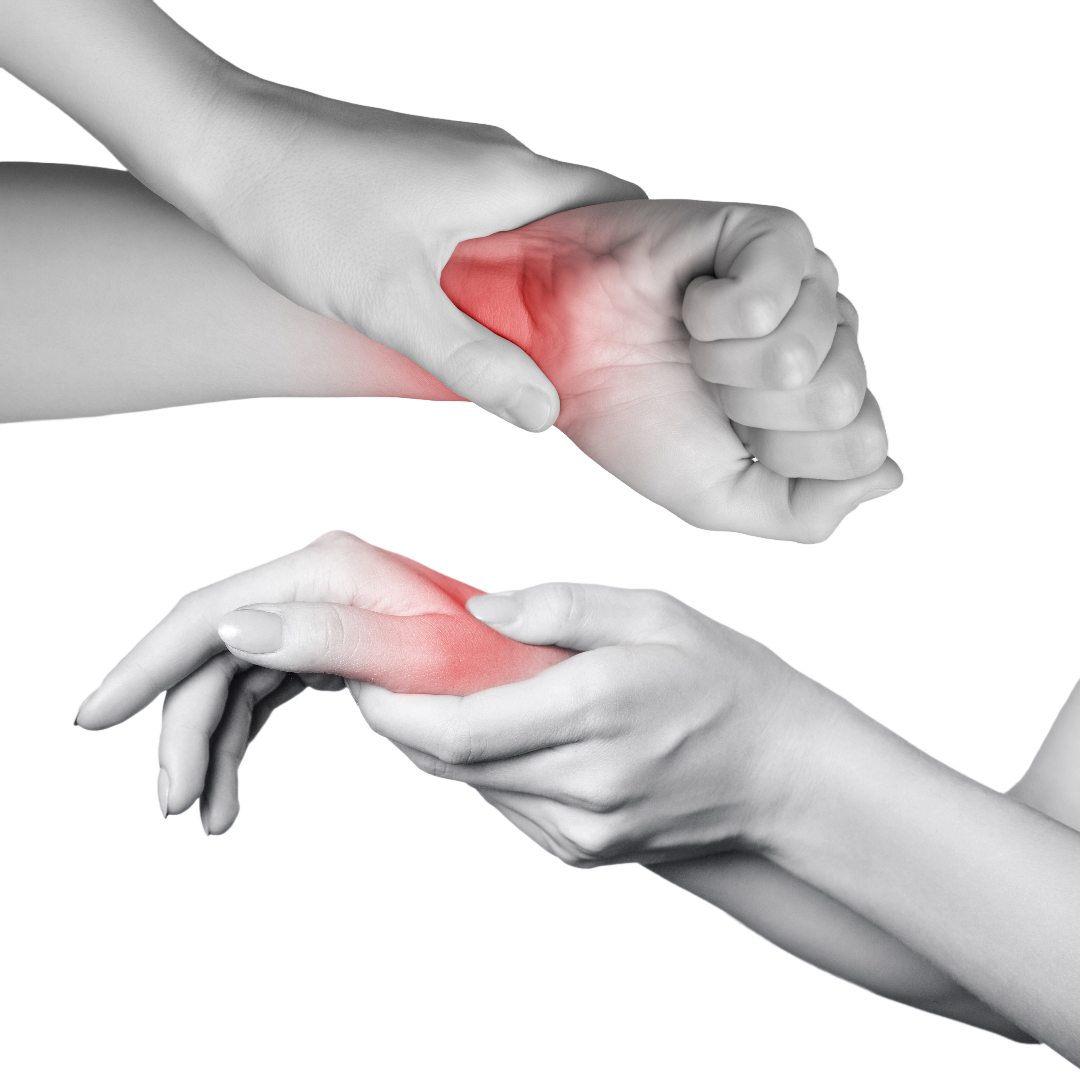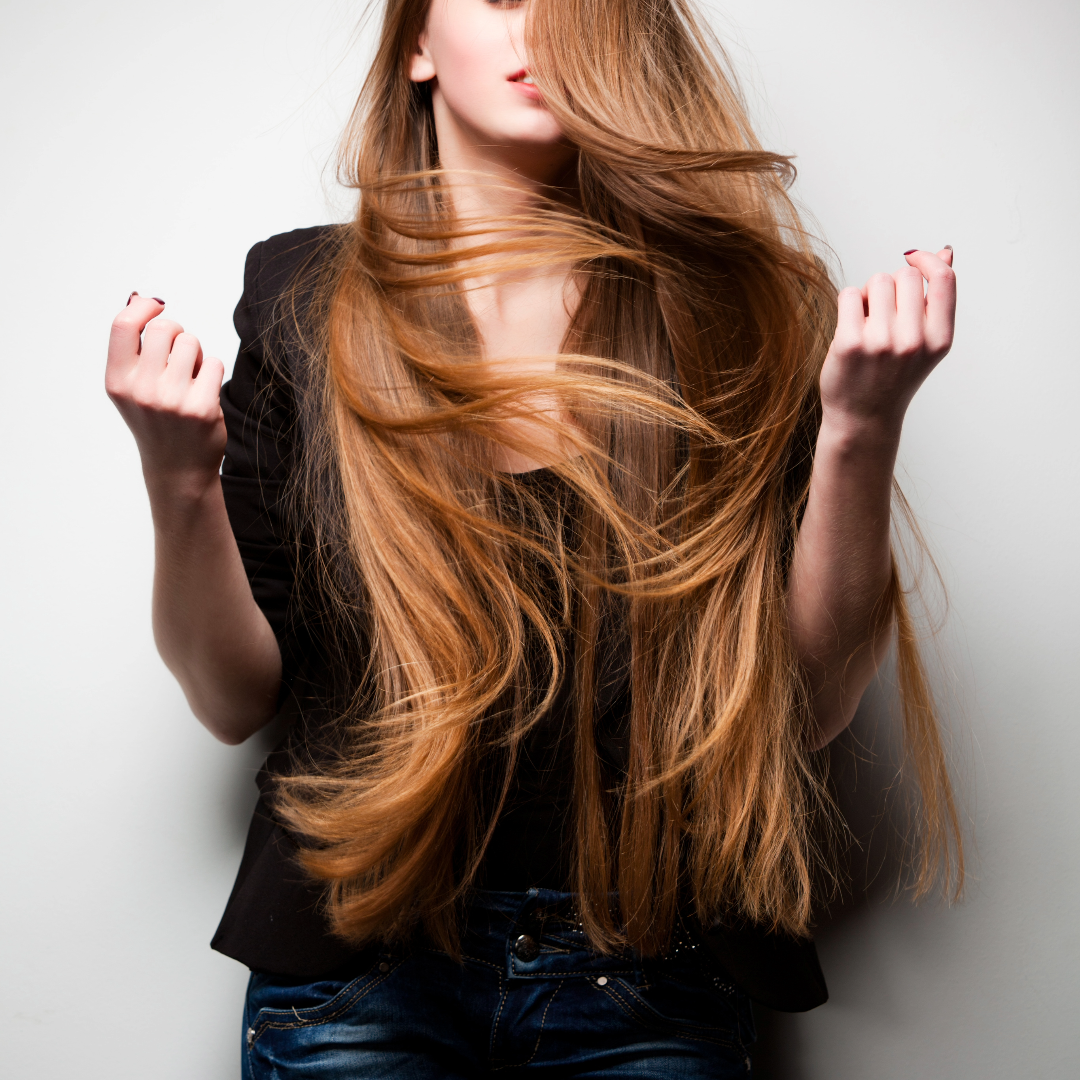How To Choose the Right Texturing Shears
There are many times in the process of haircutting when the objective is to either remove weight or control the weight distribution within the haircut. There are also many times when the goal is to add texture or reduce bluntness within the haircut. In both cases texture shears can be a big help.
When for example you have a weight line that is left in the hair, it can often be simplest to use a thinning/blending shear to remove some of that weight and get the hair to blend better. Thinning or as we prefer to call them Blending shears, have narrow teeth and narrow spaces between them. This allows these shears to cut just a few hairs with each tooth, leaving a few hairs next to them uncut. That tends to allow the cut and uncut hairs to blend together. They do not tend to create volume because the bits that are cut and uncut are both so small that they just blend together instead of stacking on atop the other. When there is a bulk of hair you can use this type of shear to remove some of that weight allowing the hair to lay better and move better for the client.
Traditional thinning and texturing shears have small grooves in the tips of the teeth which hold a certain amount of hair to be cut off by the straight blade. Because the hair is held as it is cut, all the hairs held by all the teeth are cut to the same length. This can result in a visible cutting line in the section.
SENSEI makes a new type of Thinning/Blending shear called a Seamless Blender™. These are different from the thinning shears that have been around for years. The new SENSEI Seamless Blending™ shears solve the issue by instead using a blunt straight blade to push the hair across convex teeth. With nothing to hold the hair in place the hairs are cut in motion with each cut hair being a slightly different length. Therefore, you cannot see the cutting line from these shears, hence the name Seamless!
Shears that create visible texture and separation in the hair, we refer to as texture shears. These shears will have wider teeth and wider spaces between them. With a greater amount of hair being cut by each tooth and a greater amount of hair being left uncut right next to the cut hair, your eye can see the difference, or the negative space created. Traditionally these texturing shears have also had ‘wee teeth’ or groves in the teeth to hold the hair just like thinning shears do. The problem then is they can create what looks like castle walls in the hair. Obvious notches or cutting points which many stylists do not like. So as a result not long after this type of shear was introduced, many better stylists stopped using them and instead the idea of point cutting was born.
Point cutting can create more natural looking separation or negative space within sections. If you are careful to keeps the blades of your shears in line with the direction of the hair as you point cut, you can do so without seeing the point of origin of the negative space. The main problems with point cutting however are that it:
1. Takes a lot of time to make hundreds of extra cuts in a haircut.
2. It is hard on your hand doing all those extra cuts.
3. It is very hard on your shears because you are dulling the tips of the shears as much as a hundred times faster than you would be if you were blunting cutting once on each section.
4. Because it takes so much time, it is easy to fall behind your appointment schedule. When this happens often stylists resort to cutting more aggressively angling more across the direction of the hair which can create the same types of notches as old fashioned texture shears. Even one or two places like that can result in the haircut not growing out as well and can be disappointing to the client.
SENSEI again has solved this problem. We have created what we call PointCut Texture™ shears. These tools can cut across a section one time and create the look of having point cut into the section multiple times. The separation and negative space is created in a way that does not show the point of origin of the negative space. No notches or castle walls. Stylists who own these texturing shears might still point cut in the fringe area or perimeter of the haircut. This way they can still exercise their creativity and they can control the exact placement of the texture in these critical parts of the haircut. But for the rest of the haircut, all the internal sections where the hair lays against other sections of hair, they can use the PointCut Texture™ shears to create all the texture to keep those sections looking natural. Stylists tell us this can save them anywhere from 5-10 minutes per haircut. Interestingly they also tell us that their clients start calling a few weeks after cuts to say their haircuts are growing out better too. So these can not only save you time, but improve your cutting results and client satisfaction.




